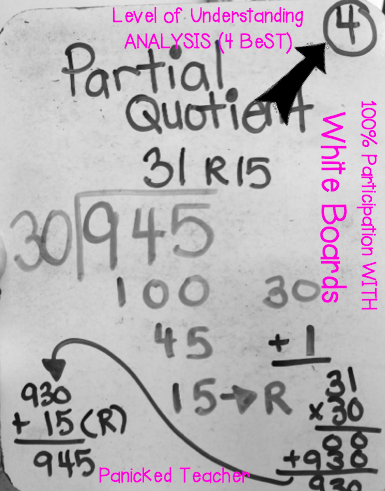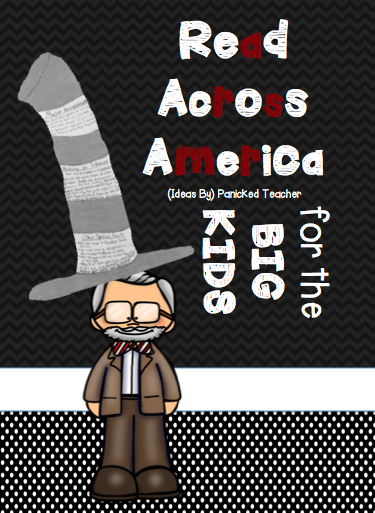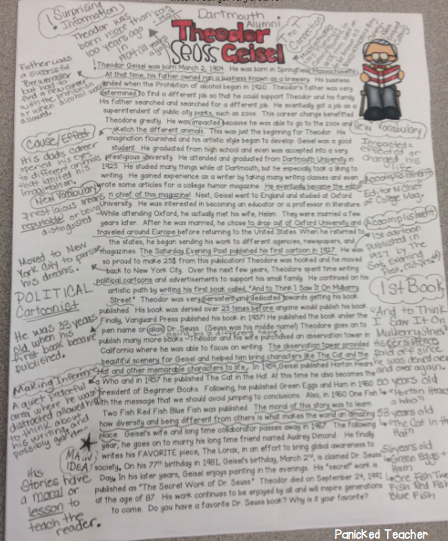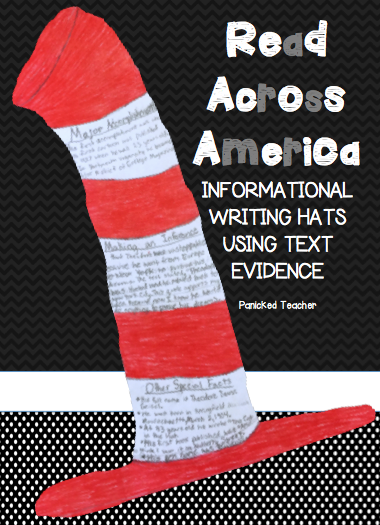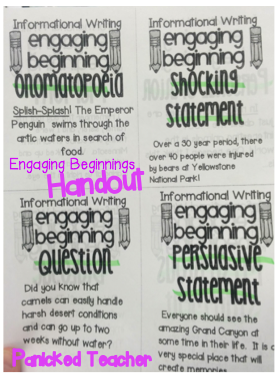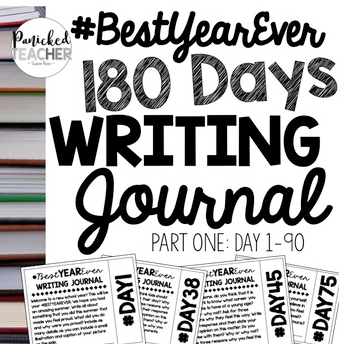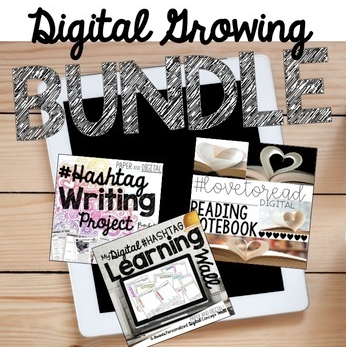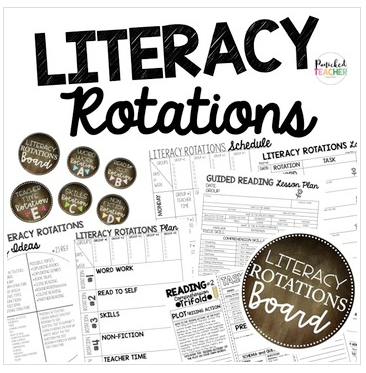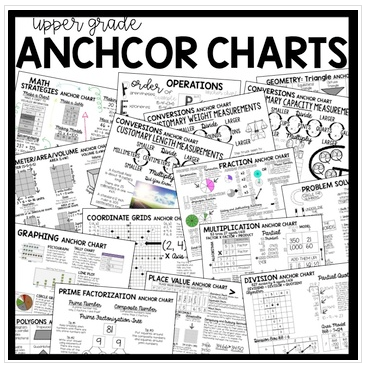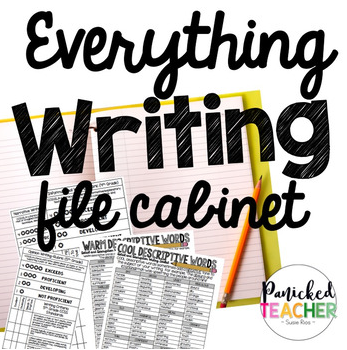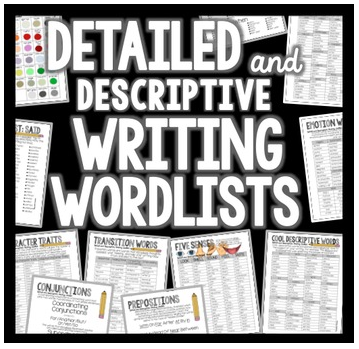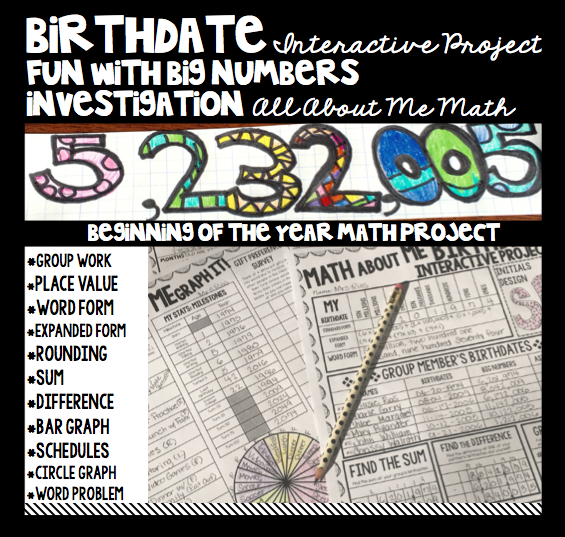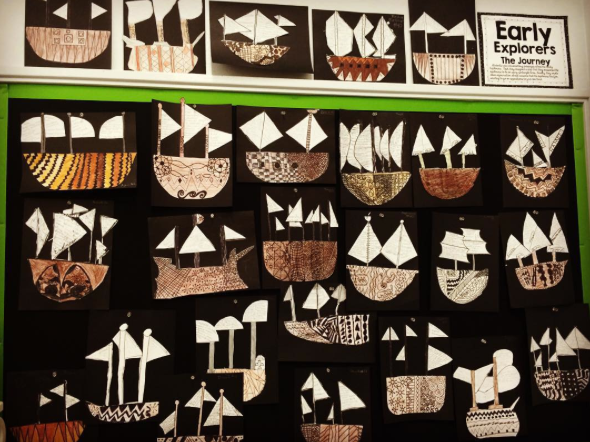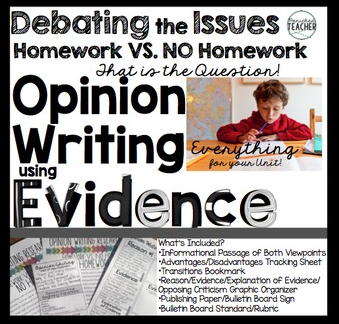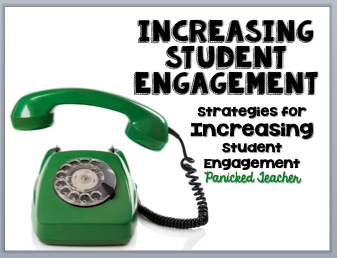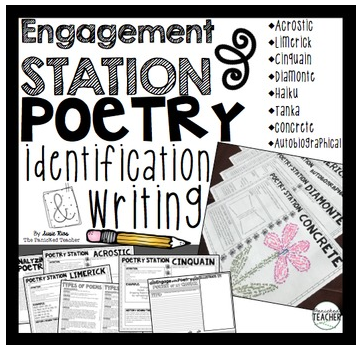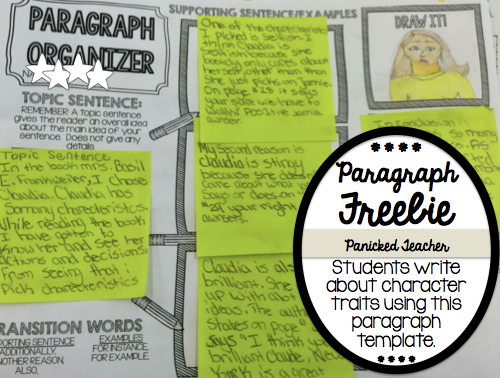I thought I would write about 3 HOT TOPICS right now that are making me feel tremendously PANICKED!!! (HOWEVER, I promise to share some solutions with you that I have come up with for easing the pain!!)
#1) CLOSE READING
So, I am starting to feel a bit (no, VERY) panicked with all of the mid year craziness. As I feel myself treading water this week, I thought I would share with you some things I MADE this week to make me feel a little more relaxed and on top of things!
I LOVE using Close Reading strategies with my students....but I realized I needed a tool to keep track of what the heck we are doing!!! I made the wheel below to track which read we were on...how the students would be reading the text....and WHAT the students would be doing while interacting with the text! This little gem keeps me a bit less PANICKED!!!! Click on the link below to pick this up and make it for your own classroom!
#1) CLOSE READING
So, I am starting to feel a bit (no, VERY) panicked with all of the mid year craziness. As I feel myself treading water this week, I thought I would share with you some things I MADE this week to make me feel a little more relaxed and on top of things!
I LOVE using Close Reading strategies with my students....but I realized I needed a tool to keep track of what the heck we are doing!!! I made the wheel below to track which read we were on...how the students would be reading the text....and WHAT the students would be doing while interacting with the text! This little gem keeps me a bit less PANICKED!!!! Click on the link below to pick this up and make it for your own classroom!
#2)FRACTIONS
Fractions seems to be every teacher's worst nightmare, right? Well, 5th grade fractions are INSANE!! We started our fractions unit with a more conceptual angle (JUST a warm up for their brains!) where the students could design any fraction greater than OR less than 1/2. Take a look!
Once we got into our Fractions unit, in 5th grade, there are SO many sub-concepts within each skill! I needed to form some type of assessment to figure out what students KNOW and what they still needed to work on. If you are a 5th grade Math teacher, you are in luck! You can click on the link below to download this fractions assessment...
#3)DATA DATA DATA!
With conferences on the horizon, why not get the students in on this hot topic! I thought about making the following sheet for the students to put in their data folders so that they could get an idea of how they were doing AND also something that I could pull out at parent conferences. I made the following sheet below. This week, I am going to have the students sort papers from their portfolios by subject and record their scores in each section.
I will let you know how it goes, but my goal will be for the students to reflect on how they are doing before their parents come to their parent-teacher conference.
What HOT TOPICS are stressing you out in your classroom right now?
How are you simplifying your stress?









